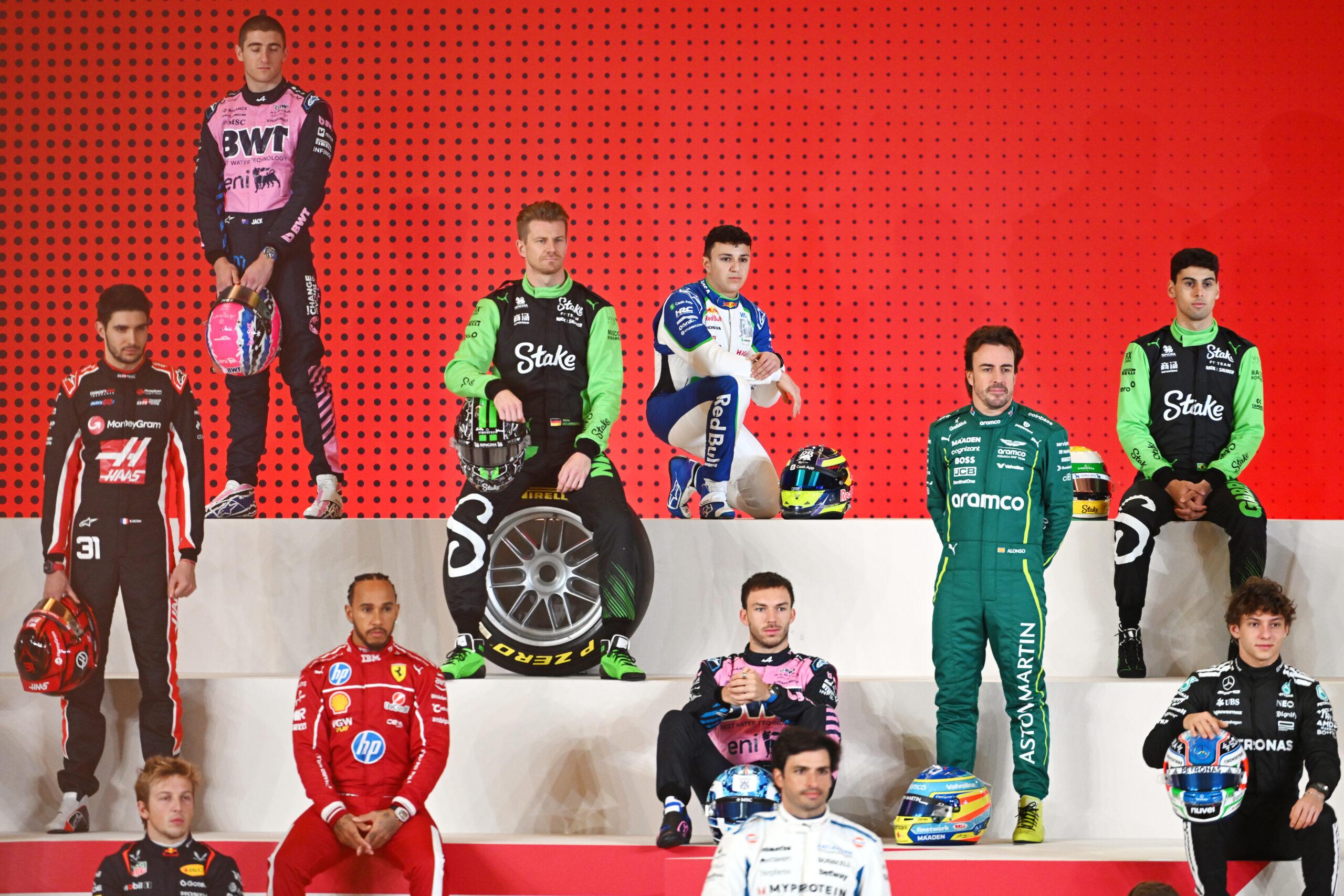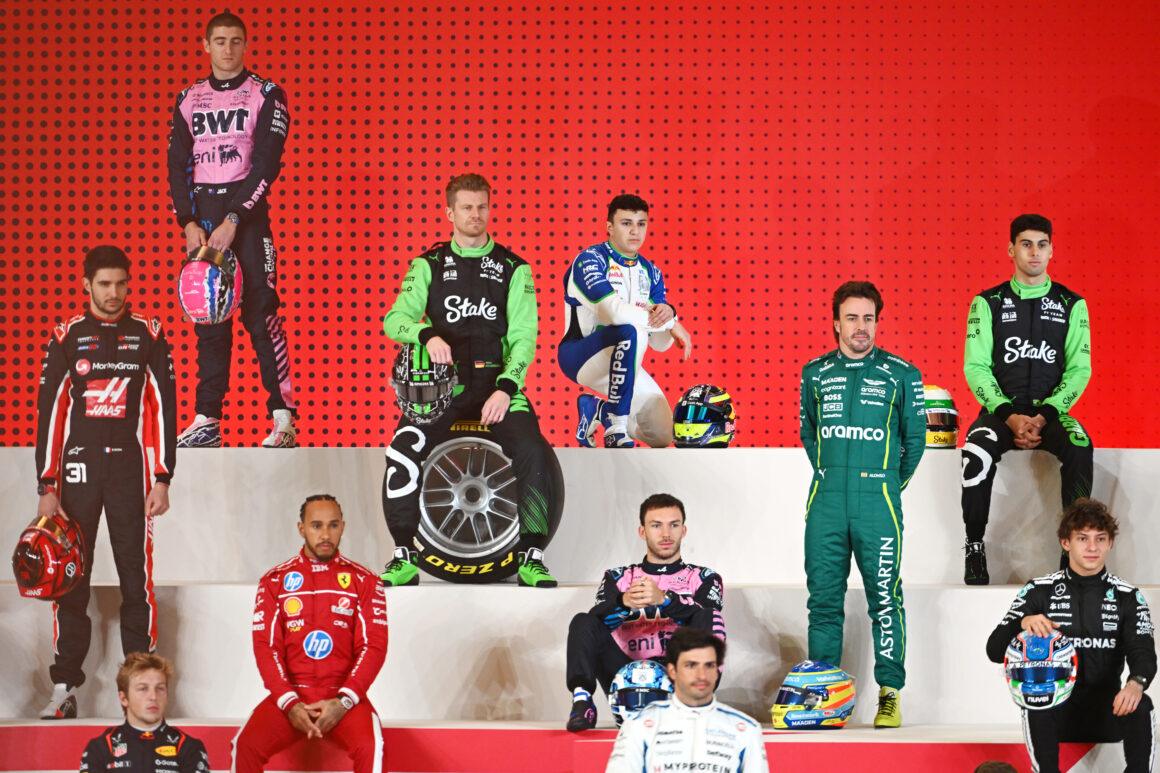Forget the myth: modern Formula 1 cars don’t sip fuel, they manage it with precision. No refueling since 2010 means every drop matters. Teams start the race with one tank, one bet, and zero bailout plans. Blow the calculation? Congratulations, you’ve become a moving chicane.
So what’s actually inside the car? A single, high-strength fuel cell nestled behind the driver. It’s light, safe, and shaped like origami for packaging. Not sexy, but absolutely race-defining.
How Big Is an F1 Fuel Tank, Really?
The FIA doesn’t set the tank size, they set the total race fuel limit. Since 2019, that’s up to roughly 110 kilograms of fuel at race start. In volume, we’re talking about approximately 140–150 liters, depending on fuel density. Tank capacity is built to fit that range, plus safety margin.
Why not bigger? Weight. Every extra liter is lap time tossed in the bin. Teams design the tank to be just big enough to handle the worst-case race conditions, then pray for a Safety Car. File this under: Maximum efficiency or bust.
Where Is the Tank, and Why There?
The fuel cell sits between the driver and the power unit, inside the survival cell. That’s the goldilocks zone for safety and balance. It keeps the car’s center of gravity stable as fuel burns off, and it’s protected by layers of composite and Kevlar. Safety first, lap time second.
And no, it doesn’t slosh around like a bathtub. Internal baffles and a collector system feed the pump so the engine doesn’t cough mid-corner. Because nothing screams amateur hour like a fuel surge killing power on a hot lap.
Why Fuel Strategy Still Wins Races
No refueling doesn’t mean no strategy. It means better strategy. Engineers decide how much to start with, how hard to push, and when to coast. Burn too much early? You’re lifting and coasting like it’s eco-driving day. Get it right, you dominate.
And fuel burn isn’t constant. Tracks like Monza gulp fuel; Monaco sips it. Weather and Safety Cars flip the script. The plot thickens like a team’s excuse list after a fuel miscalculation.
Fuel Flow Limits: The Invisible Handbrake
On top of total race fuel, there’s a maximum fuel flow rate enforced by a sensor. That caps peak power and shapes how teams deploy energy. You can’t just throw more fuel at the problem. You need hybrid smarts, engine maps, and ruthless efficiency. Raw power is dead; strategy lives.
That’s why a driver’s rhythm matters. Smooth inputs save fuel and tires. Scrappy driving looks brave; efficient driving wins championships. Lights out and away we… oh wait, the calculator already decided.
E10 Fuel and the Hybrid Era
Modern F1 fuel isn’t pump gas. It’s tightly regulated, near-commercial spec with an E10 blend (10% ethanol). That ethanol changes combustion characteristics, energy density, and engine mapping. Teams adapted. They always do. Rule changes separate the sharp from the sloppy.
And with hybrids, fuel is half the story. Energy recovery systems harvest braking energy and deploy it down straights. When it works? Hamilton’s “hammer time” activated—RIP to everyone’s lap times. When it doesn’t? Another masterclass in how NOT to manage energy balance.
Efficiency Arms Race: Why Weight and Aero Matter
More fuel equals more weight. More weight equals slower lap times and uglier tire wear. Teams trim drag, polish engine maps, and beg their drivers to lift at the right boards. The fastest car is the one that wastes the least. The slowest? Collecting disappointments like they’re Pokemon cards.
Aero tweaks reduce throttle time. Brake migration helps the hybrid harvest more. It’s a thousand tiny wins adding up to one big one. Nerdy? Sure. Essential? Absolutely.
Refueling: Gone, But Not Missed
Refueling ended in 2010. Good riddance. It caused fires, botched stops, and fake strategy drama. Now, pit crews decide races with tire calls, not gasoline roulette. It’s cleaner, safer, and yes—more pure. Purists, breathe easy. Racing is back in the driver’s right foot.
Could it return? Unlikely. The sport wants efficiency and sustainability headlines, not pit-lane bonfires. Somewhere, a PR manager just had a minor stroke at the thought.
Classic Fuel Strategy Moments
Who remembers drivers crawling to the line? It still happens—rarely. A brutal lift-and-coast special can turn lions into lambs. Sainz’s defensive masterclasses? Even better when he’s saving fuel like a miser at a clearance sale. Brains beat brawn.
Rain? The rain shows up like that friend who always causes drama at parties. Fuel numbers flip. Safety Cars shuffle the deck. The brave roll the dice, the smart cash in.
F1 Fuel Tank Quick Facts
- Capacity: Roughly 140–150 liters, designed around a ~110 kg race fuel limit.
- Location: Behind the driver, inside the survival cell, ahead of the power unit.
- Construction: Flexible, ballistic-grade fuel cell with internal baffles and collectors.
- Fuel Type: Regulated, near-commercial spec gasoline with E10 blend.
- Strategy: No refueling in races; fuel flow rate and total fuel limit apply.
- Performance: Weight, aero, hybrid deployment, and lift-and-coast decide outcomes.
The Bottom Line
Formula 1 fuel tanks aren’t flashy. They’re invisible game-changers. The best teams build cars that turn every gram of fuel into lap time. The rest? They’re expensive spectators. In the hybrid era, efficiency is speed, and strategy is king.
Get the calcs right and you send everyone back to karting school. Get them wrong and, well—file this under: Yikes.

